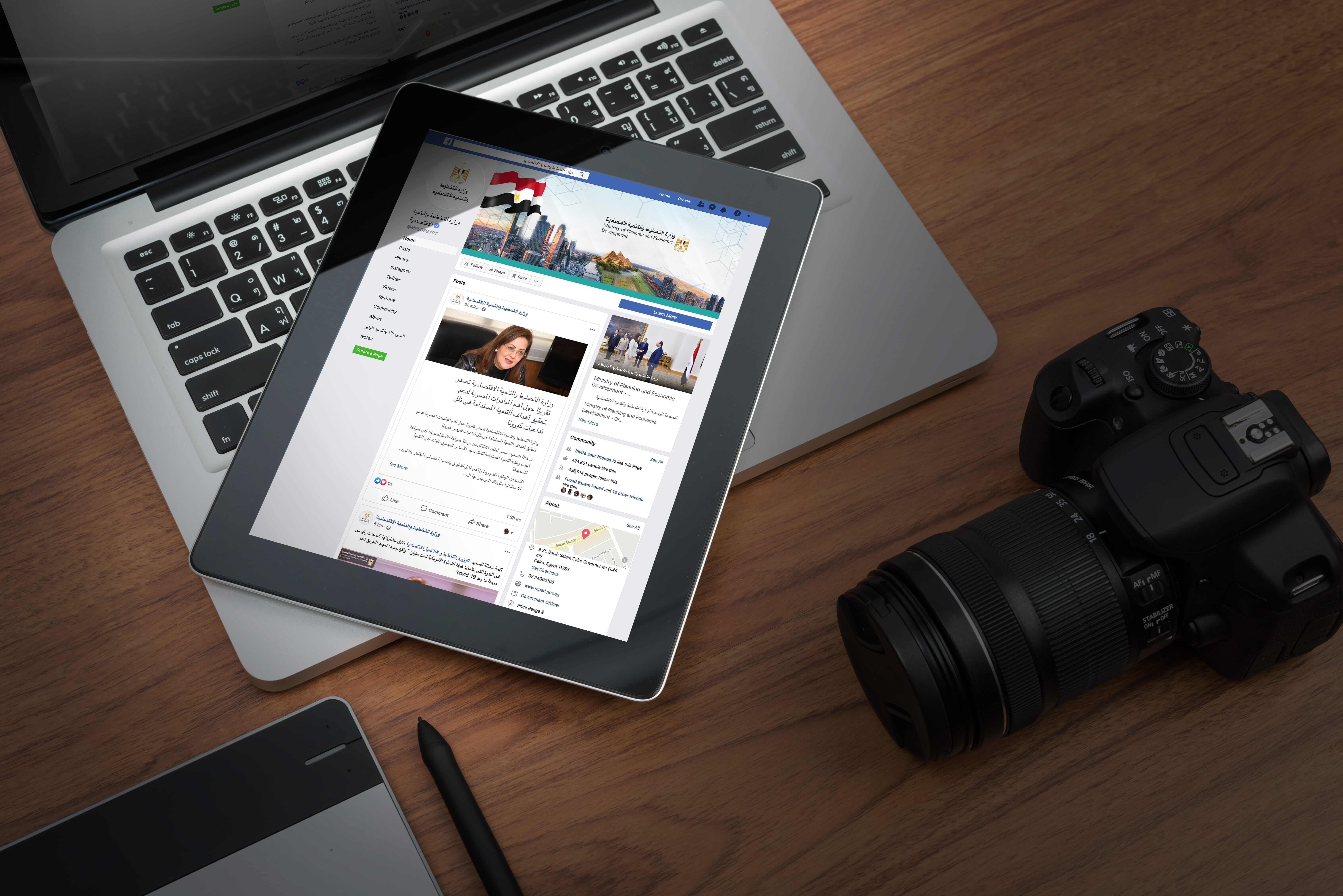How to read the guide?
This manual is divided into two parts; the first includes the conceptual framework that presents the concept of gender responsive planning, its objectives, and the expected outcome of its application. This part also deals with the technical tools that are used in the responsive planning’s framework, and the mechanisms used to integrate this concept in all phases of the development program/project. In addition, this part presents the legislative and institutional aspects supporting responsive planning in Egypt. Finally, it deals with the experiences of some countries that have implemented responsive planning, in order to extract the outcome of best practices and the lessons learned.
As for the second part, it represents the practical aspect of the manual, by applying the steps and tools of gender-responsive planning across different sectors of the state, and then it suggests a number of interventions in each sector to ensure that the needs of different social groups are met. This is in addition to building indicators that take into account the perspective of social groups, so as to assess the performance of these projects.
In this context, 30 legislations and 9 strategies related to women, children and persons with disabilities were reviewed. Such legislations and strategies will be activated through proposing activities and interventions in different sectors and developing indicators to measure the impact of these activities and projects on the target groups, as indicated in the responsive planning matrix presented in section (2.2). In this regard, an integrated matrix was built covering all sectors, resulting in 60 proposals for interventions in women’s sector and 65 performance indicators. Then 34 interventions and 32 performance indicators were also proposed for the children’s sector. With regard to persons with disabilities, 49 interventions and 49 performance indicators were proposed. This matrix shall be applied across different sectors by setting a priority for the proposed interventions, which paves the way for to the improvement of the performance indicators in the manual that are related to women, children and people with disabilities. These groups will be integrated in the phase of developing the plan through participatory planning.



